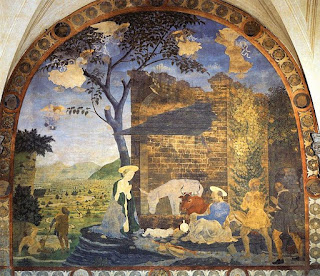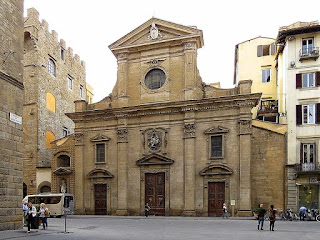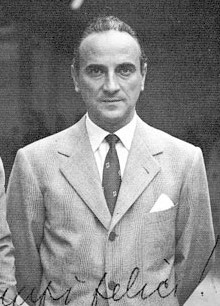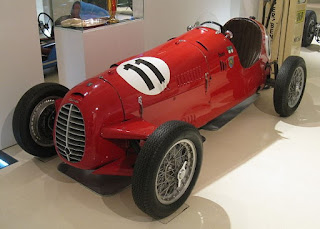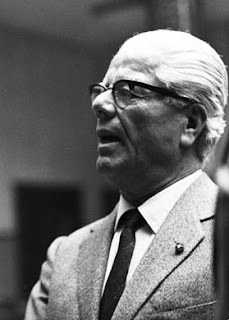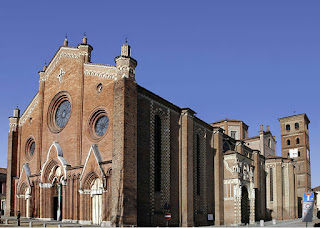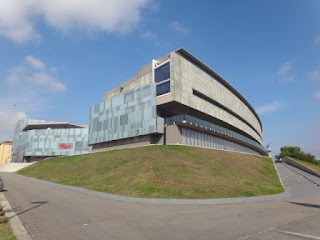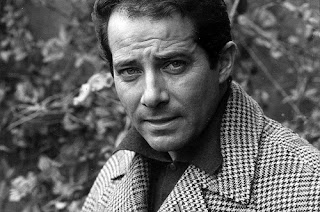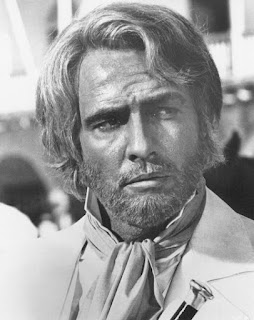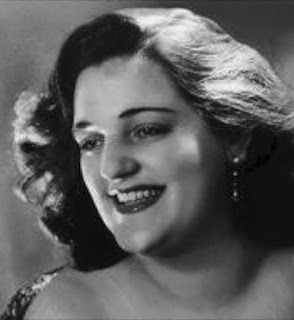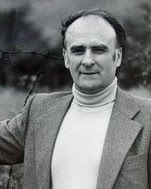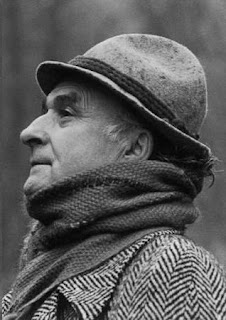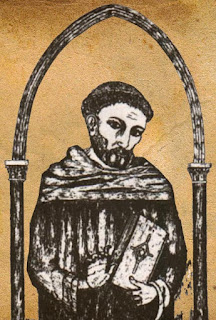High-flying Colonel contributed to space research
 |
| Roberto Vittori has taken part in three space flights, including the last by Space Shuttle Endeavour |
An Italian air force officer, Vittori was selected by the European Space Agency to be part of their Astronaut Corps and has participated in three space flights.
In 2011 Vittori was on board the Space Shuttle that travelled to the International Space Station to install the AMS-02 cosmic ray detector to examine dark matter and the origin of the Universe.
Vittori had to grapple the six-tonne AMS-02 with the Space Shuttle’s robotic arm and move it to the station for installation. This was to be the final flight of Space Shuttle Endeavour.
He is one of five Italians to have visited the International Space Station. The others are Umberto Guidoni, who was the first European to set foot on board when he flew on Space Shuttle Endeavour in 2001, Paolo Nespoli, who visited as recently as 2017 and at 61 is the European Space Agency’s oldest active astronaut, Luca Parmitano and Samantha Cristoforetti, the first Italian woman in space.
 |
| Vittori, right, met up with fellow Italian astronaut Paolo Nespoli after arriving at the International Space Station in 2011 |
Vittori graduated from the Italian Air Force Academy in 1989 with a degree in Aeronautical Science and afterwards flew with the Italian air force from a base in Piacenza.
After completing his basic training with the US Air Force in 1990, Vittori graduated from the US Navy Test Pilot School in 1995. He also graduated from the Nato Defence College Senior Course in 2006 and completed a Masters degree in Physics in 2007.
 |
| Vittori, left, with some of his fellow crew members after the Endeavour arrived at the International Space Station |
In 2005, again part of a Soyuz mission, he became the first European to visit the Space Station twice when he went to conduct experiments in upper limb fatigue and the germination of herbaceous plant seeds for possible space nutrition.
After Space Shuttle Columbia was lost in 2003, Vittori served on the accident investigation team.
Now a Colonel in the Italian Air Force, Vittori has logged nearly 2000 miles in more than 40 different aircraft. He is married to Valeria Nardi, who comes from Città di Castello in the province of Perugia, and they have three children.
He was made Commendatore della Repubblica by Carlo Azeglio Ciampi, the then President of the Italian Republic, in 2005.
| The impressive Palazzo dei Papi is among many well-preserved medieval buildings in Viterbo |
Viterbo, where Roberto Vittori was born, is the largest town in northern Lazio, situated about 80km (50 miles) north of Rome. It is regarded as one of the best preserved medieval towns in Italy, with many buildings in the San Pellegrino quarter featuring external staircases. The town’s impressive Palazzo dei Papi, was used as the papal palace for about 20 years during the 13th century. Completed in about 1266, the palace has a large audience hall, which connects with a loggia raised above street level by a barrel vault.
 |
| The Piazza Cavalli in Piacenza is so called because of its two bronze equestrian statues by Francesco Mochi |
Piacenza, where Roberto Vittori was based with the Italian air force after qualifying as a pilot, is a city in the Emilia-Romagna region of northern Italy. The main square in Piacenza is named Piazza Cavalli because of its two bronze equestrian monuments featuring Alexander Farnese, Duke of Parma and his son Ranuccio I Farnese, Duke of Parma, who succeeded him. The statues are masterpieces by the sculptor Francesco Mochi.
More reading:
Samantha Cristoforetti - Italy's record-breaking first woman in space
How astronaut Umberto Guidoni launched a career in politics
Giovanni Schiaparelli and 'canals on the moon'
Also on this day:
1764: Edward Gibbon's moment of inspiration
1905: The birth of footballer Angelo Schiavio, whose goal won Italy's first World Cup
Home

